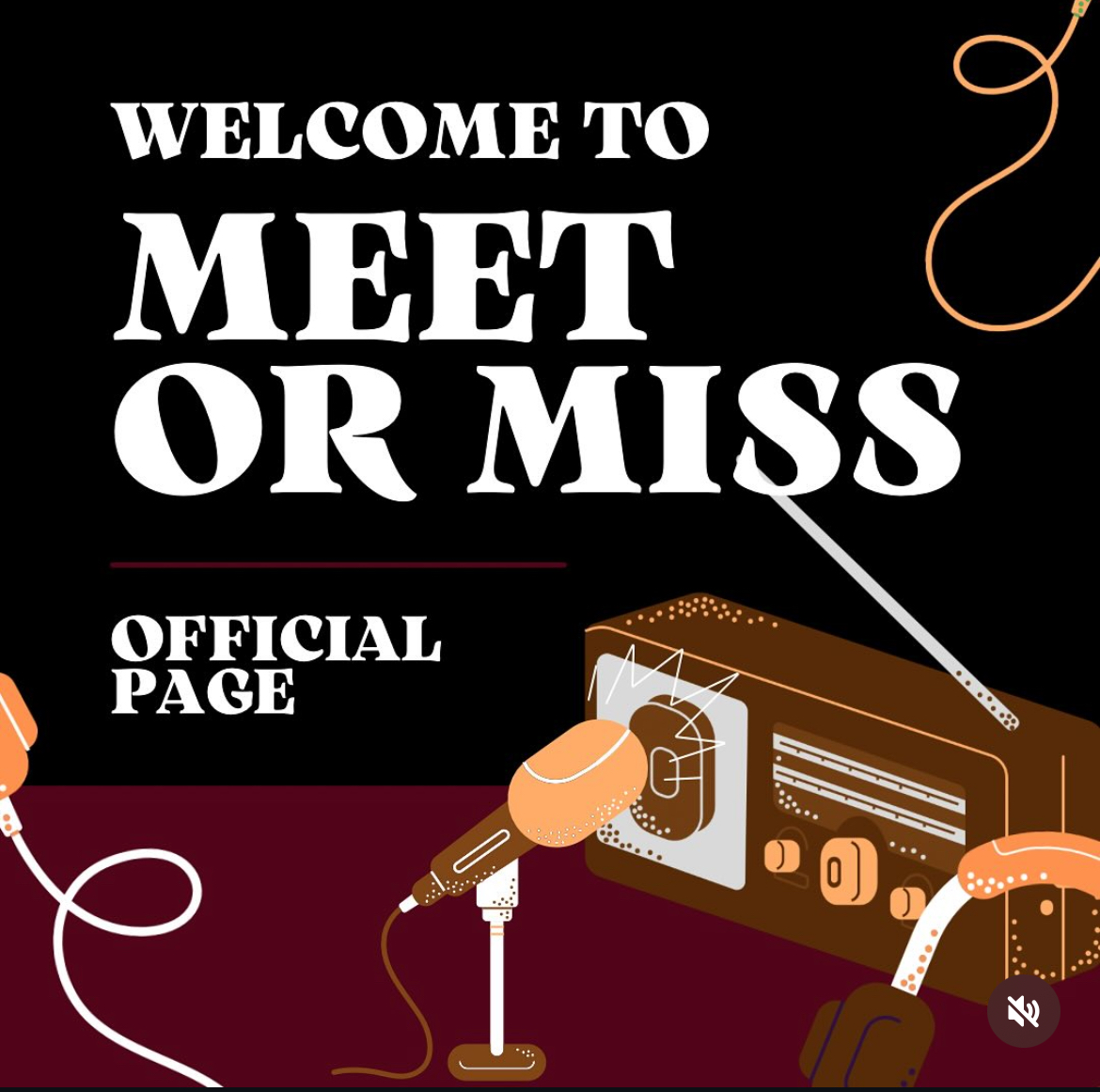Wine has become one of the most fashionable libations in the past 10 years.
According to Karen Page and Andrew Dornenburg in the preface of their newest book, “The Food Lover’s Guide to Wine,” “It’s true that as of 2009, Americans drank more wine than the French, and in 2010 the United States became the world’s largest wine-consuming country for the first time in history, a significant watershed moment in food and wine culture.”
What’s not to love about wine? It has a rich history. It has health benefits, when consumed responsibly. It tastes good and it makes food taste better. However, many of us have a hard time figuring out what a good wine is and how to pair it with the everyday meals we make.
For the longest time, I admit, I chose wines by their labels. (Sometimes I still do.) Thankfully, Page and Dornenburg in their book, “The Food Lover’s Guide to Wine,” give great insights into more than 250 varieties. For each wine presented, the authors provide pronunciation, country of origin, region, color, grapes, weight, volume, dry/sweet, acidity, tannin, flavors, texture, temperature, comparables, season, pairings, tips, aging, producers and iconic examples. In other words, if you don’t know about wine, don’t worry. Page and Dornenburg will bring you up to speed.
In a relatable, sometimes humorous tone, they provide extensive information about American wine history, a how-to guide for talking about wine and a casual lesson in wine-making in addition to insightful reflections from down-to-earth sommeliers. Believe it or not, Page and Dornenburg transform the foreign-ness of wine into something familiar and easy to understand.
In terms of practical application, I’ve used Page and Dornenburg’s book in a couple of ways. After reading through it, I highlighted a few wines that sounded adventurous to me. One of which is food-writer Jim Harrison’s favorite: Bandol.
I carry a list of wines I want to try in my wallet; this way I don’t feel so lost when browsing through wine selections. (Locally, the best wine selections are at The Anderson’s, Aficionado’s, Walt Churchill’s and Maumee Wines.) Before reading this book, I thought of wine as a beverage, not as part of the meal. Now, after reading this book, I choose the wine first and then make dishes that complement the wine.
Also, as a fan of red wine, this book has helped me develop an appreciation of whites. What I would call divine intervention is when a friend of ours brought a 2007 Kim Crawford Sauvignon Blanc to a bonfire. I was skeptical because I don’t usually like white wine, but after tasting it, I wanted to learn more about whites. Page and Dornenburg’s book has helped me with this journey as well as my wise friend who chose to bring Kim to our party.
Another awesome aspect is the list of “Wines Under $15.” Let’s face it, most of us don’t have $50 to spend on a bottle of wine, but we want something better than Two-Buck Chuck. This list is perfect for wine buyers on a budget or those just getting into wine, and the best part is most of these wines can be found in grocery stores and wine shops. I’ve found many of these tasty, value wines at Kroger, such as the Alamos Malbec and Concannon Petite Sirah.
Additionally, the authors champion boxed wines, which is awesome. Too often boxed wines have a bad reputation, when, many times, they can stand up to a good bottle of value wine; boxed wine is affordable and comes in eco-friendly packaging. A California favorite of mine the authors recommend is Big House Red (available at Meijer). The authors suggest, “Serve it from a decanter if you don’t want your guest to be the wiser.” Trust me, guests won’t know the difference, and the savings will make any host seem extremely generous.
While in Chapter 5’s “Wine: The Perfect Complement for Every Course,” the authors offer many wine pairings with food, I do have one very slight criticism. This past weekend my husband and I prepared a wild rabbit recipe from Nigel Slater’s “Tender.” When I referenced the wines we had on hand (Cabernet Sauvignon, Malbec, Pinot Noir and Syrah) with “The Food Lover’s Guide to Wine” to see what would pair best, all the ones I looked up said “game.” I wish the authors had been more specific about what kind of game, as they do with Pinot Noir, which they say is delightful with game birds and venison.
Apart from this very minor flaw, “The Food Lover’s Guide to Wine” is an amazing resource for everyday folks, like myself, who want to learn more about wine in an inviting and easy-to-comprehend manner.
I encourage you to pick up Page and Dornenburg’s book and, during your next grocery outing, rather than reaching for that 12-pack box of pop, buy a few bottles of decent wine. Not only will your meal taste even better, but also your body will appreciate the lack of additives and calories.













